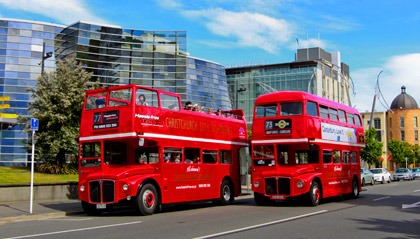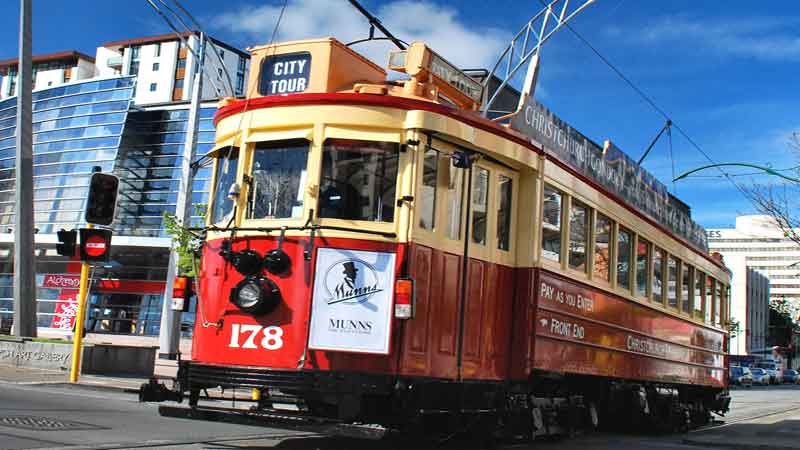Christchurch Holiday
Description
The Story of Christchurch
?tautahi Christchurch has always been a place of exploration – a place where the status quo is challenged and new ideas are pursued.
Early history and M?ori
Christchurch holds special cultural and historical significance to Nga?i Tahu — the Ma?ori tribe that occupies the greater portion of Te Waipounamu and whose ancestors knew the land in this area intimately and treasured its generous natural resources.
Nga?i Tahu made the Canterbury region home in the early 1700s and, by custom, its members intermarried with two tribes whose members had previously occupied the area – Waitaha and Nga?ti Ma?moe. Prior to European settlement, the iwi maintained numerous permanent and temporary kainga, pa and mahinga kai in the greater Christchurch area. These included Pua?ri, a large area on the banks of the O?ta?karo/Avon River that later became the central city, and O?tautahi – near what is now Kilmore Street. Despite this extensive history, our city’s Ma?ori heritage went largely unrecognised following European colonisation in the
1850s, when settler culture and values dominated the landscape. But from the devastation of the 2010 and 2011 earthquakes, opportunities for embracing a shared history and future emerged. Ma?ori culture, values and design elements are now being woven into the rebuild of Christchurch. Simply put, the earthquakes gave Nga?i Tahu a chance to “put their history back into the city” – from contributing to building designs that incorporate our bicultural heritage, such as the 36-metre long aluminium ka?kahu fac?ade on the Christchurch Justice and Emergency Services Precinct, to the naming of new civic centres like Te Pae and
Gallery




